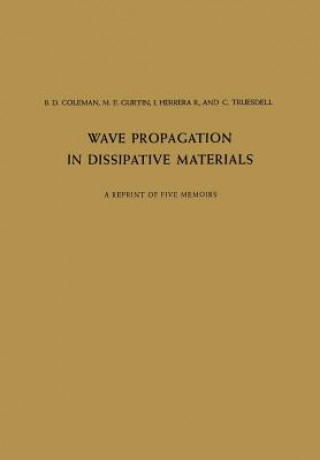
Kód: 06619343
Wave Propagation in Dissipative Materials
Autor C. Truesdell
Common experience reveals two basic aspects of wave propagation. First, while preserving their identity and travelling at definite speeds, sounds finally die out. Second, weak sounds may combine to form strong noises. Theories of ... celý popis
- Jazyk:
 Angličtina
Angličtina - Väzba: Brožovaná
- Počet strán: 138
Nakladateľ: Springer-Verlag Berlin and Heidelberg GmbH & Co. KG, 2012
- Viac informácií o knihe

122.83 €

Skladom u dodávateľa v malom množstve
Odosielame za 10 - 15 dní
Potrebujete viac kusov?Ak máte záujem o viac kusov, preverte, prosím, najprv dostupnosť titulu na našej zákazníckej podpore.
Pridať medzi želanie
Mohlo by sa vám tiež páčiť
-

TASTE OF THE CLASSICS VOLUME 2
15.43 € -10 % -

Living In The Balance Of Grace And Faith
14 € -19 % -

Die Entwicklung der Kriegstechnik unter oekologischen Aspekten
17.68 € -9 % -

Fingerpuppenset Wilde Tiere
19.53 € -9 %
Darčekový poukaz: Radosť zaručená
- Darujte poukaz v ľubovoľnej hodnote, a my sa postaráme o zvyšok.
- Poukaz sa vzťahuje na všetky produkty v našej ponuke.
- Elektronický poukaz si vytlačíte z e-mailu a môžete ho ihneď darovať.
- Platnosť poukazu je 12 mesiacov od dátumu vystavenia.
Viac informácií o knihe Wave Propagation in Dissipative Materials
Nákupom získate 304 bodov
 Anotácia knihy
Anotácia knihy
Common experience reveals two basic aspects of wave propagation. First, while preserving their identity and travelling at definite speeds, sounds finally die out. Second, weak sounds may combine to form strong noises. Theories of acoustic propagation have succeeded in representing these aspects of experience separately, but never combined as in nature. The classical theories of sound in perfect fluids and elastic solids easily yield common speeds of propagation for plane infinitesimal disturbances, but no damping. Moreover, within EULER'S theory of the perfect fluid, or its generalization, the GREEN-KIRCHHOFF-KELVIN theory of finite elasticity, weak waves may grow stronger and become shock waves, which propagate according to more complicated but equally definite principles. Effects of internal damping are easily added for theories of infinitesimal deformation, but for finite motions a dead end was reached about sixty years ago. Indeed, in 1901 DUHEM proved that according to the NAVIER-STOKES theory of fluids acceleration waves and waves of higher order cannot exist, and for shock waves he claimed a similar result, which has since been shown to be valid subject to certain qualifications. So as to save the phenomena of sound and noise, as was necessary if the NAVIER-STOKES theory was to deserve the place proposed for it as a refinement upon EULER'S theory, DUHEM introduced the concept of "quasi-wave", a region of rapid but continuous transition.
 Parametre knihy
Parametre knihy
Zaradenie knihy Books in English Mathematics & science Physics
122.83 €
- Celý názov: Wave Propagation in Dissipative Materials
- Podnázov: A Reprint of Five Memoirs
- Autor: C. Truesdell
- Jazyk:
 Angličtina
Angličtina - Väzba: Brožovaná
- Počet strán: 138
- EAN: 9783642886935
- ISBN: 9783642886935
- ID: 06619343
- Nakladateľ: Springer-Verlag Berlin and Heidelberg GmbH & Co. KG
- Hmotnosť: 269 g
- Rozmery: 244 × 170 × 9 mm
- Dátum vydania: 15. August 2012
Obľúbené z iného súdka
-

Big Picture
15.23 € -21 % -

Physics for the IB MYP 4 & 5
63.30 € -

Physics for Cambridge IGCSE™ English Language Skills Workbook with Digital Access (2 Years)
15.13 € -5 % -
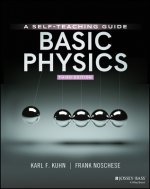
Basic Physics - A Self-Teaching Guide, Third Edition
20.24 € -31 % -
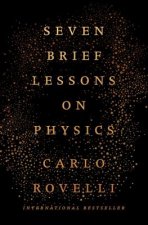
Seven Brief Lessons on Physics
14 € -28 % -

PHYSICS OF THE IMPOSSIBLE: A SCIENTIFIC
14 € -28 % -

Six Easy Pieces
15.13 € -15 % -

Physics: Principles with Applications, Global Edition
91.43 € -

Big Picture
23.62 € -17 % -

Physics for Scientists and Engineers with Modern Physics
114.45 € -
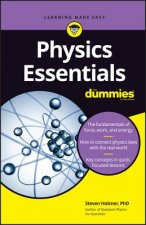
Physics Essentials For Dummies
13.90 € -15 % -

Advanced Physics For You
88.98 € -

God Particle
21.67 € -20 % -

Physics for Future Presidents
17.89 € -20 % -

Beautiful Question
17.89 € -

Fundamentals
21.37 € -20 % -

Chernobyl
45.40 € -18 % -

Physics for Scientists and Engineers: A Strategic Approach with Modern Physics, Global Edition
77.73 € -

The Feynman Lectures on Physics Set
180.62 € -21 % -

University Physics with Modern Physics, Global Edition
92.86 € -

Six Not-So-Easy Pieces
13.70 € -25 % -
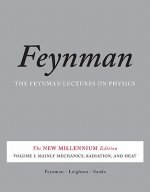
Feynman Lectures on Physics, Vol. I
55.43 € -

Feynman Lectures on Physics, Vol. III
48.47 € -

Brief History of Time
16.76 € -13 % -

Inventions, Researches, and Writings of Nikola Tesla
14.21 € -18 % -

Something Deeply Hidden
21.57 € -18 % -
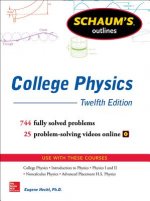
Schaum's Outline of College Physics, Twelfth Edition
17.89 € -29 % -
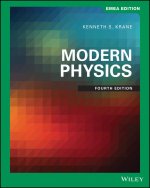
Modern Physics, Fourth EMEA Edition
73.02 € -

Schaum's Outline of Beginning Physics I: Mechanics and Heat
29.96 € -21 % -

Physics for Engineers and Scientists
82.53 € -
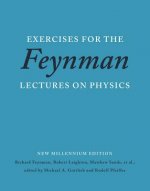
Exercises for the Feynman Lectures on Physics
20.65 € -21 % -

Philosophiae Naturalis Principia Mathematica (Latin,1687)
20.45 € -
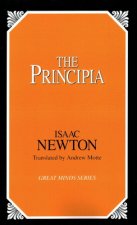
Principia
16.56 € -14 % -

Direction of Time
16.36 € -10 % -

Information Theory, Inference and Learning Algorithms
70.87 € -3 % -

Tao of Physics
17.17 € -19 % -

Energy
20.14 € -

Schaum's 3,000 Solved Problems in Physics
25.97 € -28 % -
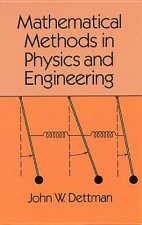
Mathematical Methods in Physics and Engineering
19.53 € -25 % -

What Is Real?
16.56 € -22 % -

Regular Polytopes
14.72 € -19 % -

Schaum's Outline of Modern Physics
25.36 € -21 % -

Speakable and Unspeakable in Quantum Mechanics
74.35 € -1 % -
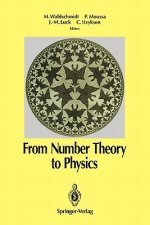
From Number Theory to Physics
188.91 € -

Elementary Statistical Physics
16.15 € -16 % -

Schaum's Outline of Physics for Engineering and Science, Fourth Edition
19.01 € -27 % -

Fundamentals of Digital Image Processing - A Practical Approach with Examples in Matlab
80.08 € -

Panchatantra
23 € -

String Theory and M-Theory
153.62 €
Collection points Bratislava a 2642 dalších
Copyright ©2008-24 najlacnejsie-knihy.sk All rights reservedPrivacyCookies


 15549 collection points
15549 collection points Delivery 2.99 €
Delivery 2.99 € 02/210 210 99 (8-15.30h)
02/210 210 99 (8-15.30h)